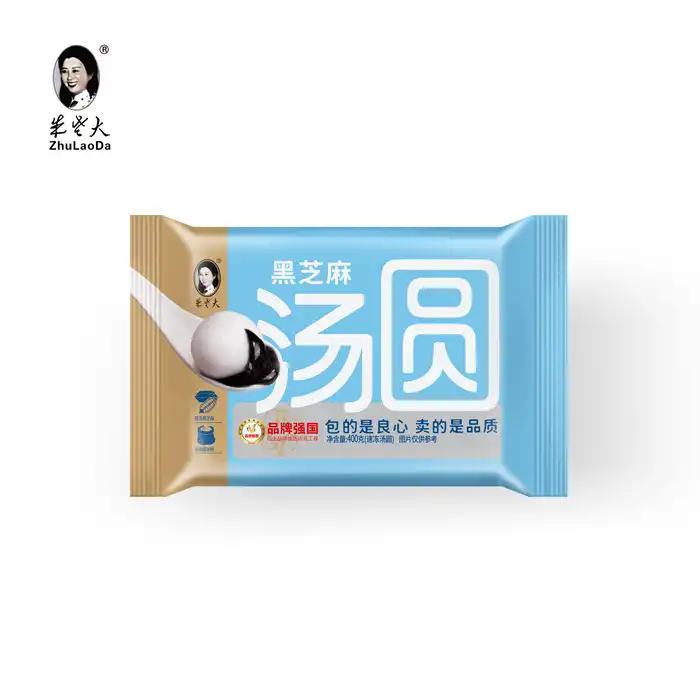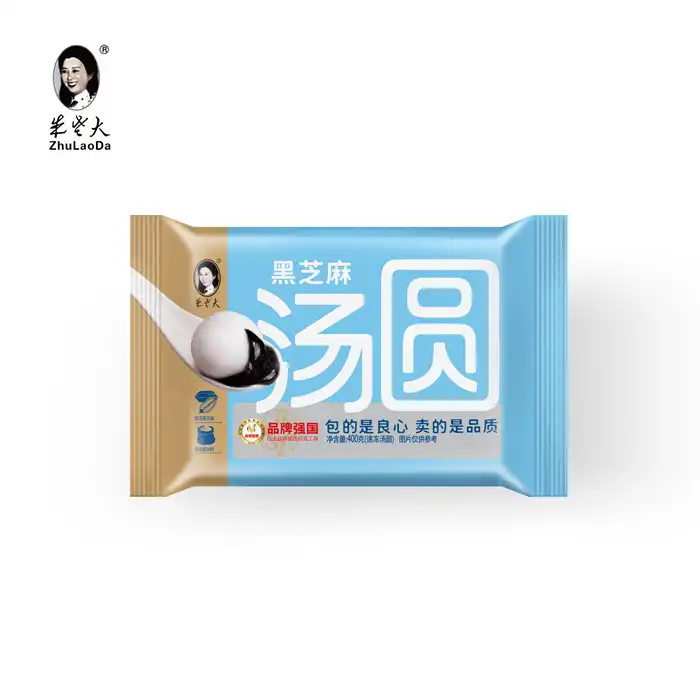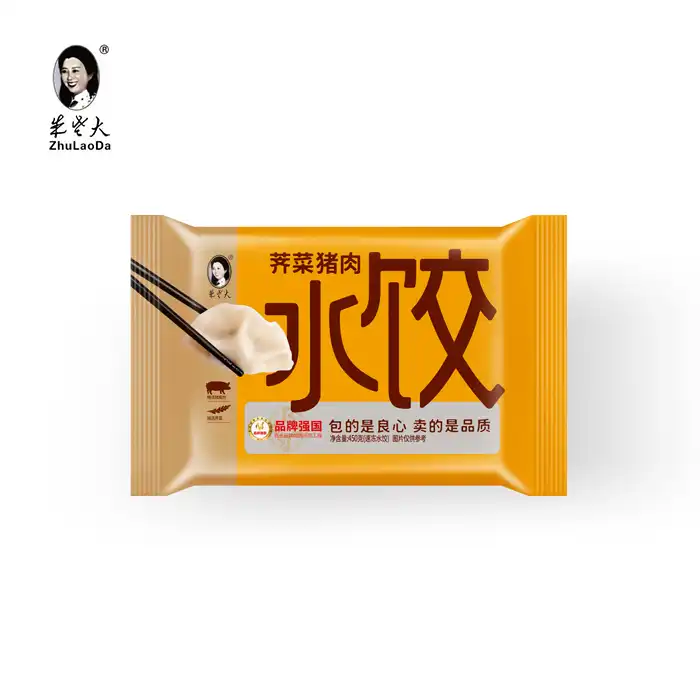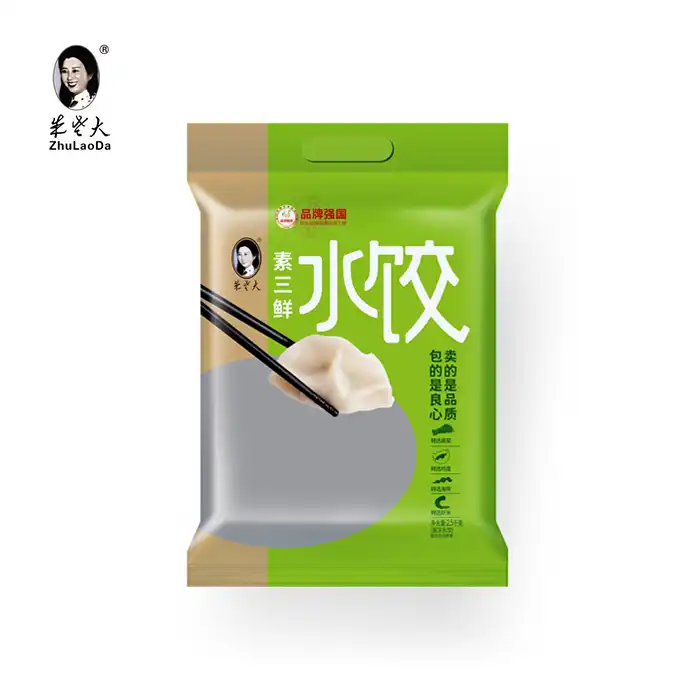- English
- French
- German
- Portuguese
- Spanish
- Russian
- Japanese
- Korean
- Arabic
- Greek
- German
- Turkish
- Italian
- Danish
- Romanian
- Indonesian
- Czech
- Afrikaans
- Swedish
- Polish
- Basque
- Catalan
- Esperanto
- Hindi
- Lao
- Albanian
- Amharic
- Armenian
- Azerbaijani
- Belarusian
- Bengali
- Bosnian
- Bulgarian
- Cebuano
- Chichewa
- Corsican
- Croatian
- Dutch
- Estonian
- Filipino
- Finnish
- Frisian
- Galician
- Georgian
- Gujarati
- Haitian
- Hausa
- Hawaiian
- Hebrew
- Hmong
- Hungarian
- Icelandic
- Igbo
- Javanese
- Kannada
- Kazakh
- Khmer
- Kurdish
- Kyrgyz
- Latin
- Latvian
- Lithuanian
- Luxembou..
- Macedonian
- Malagasy
- Malay
- Malayalam
- Maltese
- Maori
- Marathi
- Mongolian
- Burmese
- Nepali
- Norwegian
- Pashto
- Persian
- Punjabi
- Serbian
- Sesotho
- Sinhala
- Slovak
- Slovenian
- Somali
- Samoan
- Scots Gaelic
- Shona
- Sindhi
- Sundanese
- Swahili
- Tajik
- Tamil
- Telugu
- Thai
- Ukrainian
- Urdu
- Uzbek
- Vietnamese
- Welsh
- Xhosa
- Yiddish
- Yoruba
- Zulu
What's the difference between pork bun and pork dumpling?

Pork buns and pork dumplings are both beloved Asian delicacies, but they differ in several key aspects. Pork buns, also known as baozi, are larger, fluffier, and made with a yeasted dough that's steamed to achieve a soft, bread-like texture. They're typically filled with seasoned ground pork and sometimes vegetables. On the other hand, pork dumplings, or jiaozi, are smaller, with a thinner wrapper made from unleavened dough. These can be boiled, steamed, or pan-fried, resulting in a variety of textures. While both contain pork fillings, pork and corn dumplings often incorporate more vitamins and have a more delicate flavor profile compared to the heartier pork buns.
The Art of Crafting Perfect Pork and Corn Dumplings
Pork and corn dumplings are a delightful fusion of flavors that combine the savory richness of pork with the sweet crunch of corn. This unique combination has gained popularity among dumpling enthusiasts for its balanced taste and textural contrast. Crafting these dumplings requires skill, patience, and attention to detail.
The process begins with selecting high-quality ingredients. Lean pork, preferably from the front leg, is finely minced to ensure a tender filling. Fresh corn kernels are added for sweetness and texture. Additional ingredients like cabbage, onions, and carrots contribute to the overall flavor profile and nutritional value.
The wrapper is equally crucial. Made from wheat flour and water, it should be thin enough to cook quickly but sturdy enough to hold the filling. Achieving the perfect consistency requires practice and expertise.
Mastering the Filling
Creating the perfect filling for pork and corn dumplings is an art form. The key lies in balancing the flavors and textures. The pork should be seasoned with a blend of soy sauce, oyster sauce, and spices to enhance its natural umami. The corn adds a burst of sweetness and a pleasant crunch, complementing the meat's richness.
Vegetables like cabbage and onions not only add flavor but also help keep the filling moist during cooking. Carrots contribute a subtle sweetness and vibrant color. The addition of expanded soy products increases the protein content and creates a more satisfying texture.
Quick-frozen dumplings can be a convenient and delicious option, but seasoning is crucial to elevate their flavors. A combination of salt, monosodium glutamate, and acid-hydrolyzed vegetable protein seasoning powder can really bring out the best in them. However, it's essential to use these ingredients judiciously to avoid overpowering the natural taste of the pork and corn filling.
The Wrapping Technique
Wrapping pork and corn dumplings requires skill and practice. The goal is to encase the filling securely while creating an attractive appearance. Various folding techniques exist, from simple half-moons to more elaborate pleated designs.
One popular method involves placing a spoonful of filling in the center of the wrapper, then folding it in half to create a semicircle. The edges are then sealed by pinching them together, creating a series of small pleats along the curved edge. This technique not only looks appealing but also ensures that the filling stays inside during cooking.
It's crucial to moisten the edges of the wrapper with water before sealing to ensure a tight closure. Overfilling should be avoided, as it can lead to bursting during cooking. With practice, one can develop a sense of the right amount of filling for each dumpling.
Nutritional Profile and Health Benefits of Pork and Corn Dumplings
Pork and corn dumplings offer a balanced combination of nutrients, making them more than just a tasty treat. Understanding their nutritional profile can help consumers make informed choices about incorporating these dumplings into their diet.
For a great breakfast choice, consider a dish with primary ingredients like pork, corn, and wheat flour. These ingredients provide a balanced mix of macronutrients. Pork is an excellent source of protein, essential for muscle building and repair, along with vitamins B1, B2, B3, and minerals like zinc and selenium. Corn adds carbohydrates, fiber, and a variety of vitamins and minerals, including vitamin C, magnesium, and potassium.
The wheat flour wrapper provides additional carbohydrates and some protein. The inclusion of vegetables like cabbage, onions, and carrots enhances the overall nutritional value, adding vitamins, minerals, and dietary fiber.
Protein Power
The protein content in pork and corn dumplings is noteworthy. Protein is essential for various bodily functions, including muscle growth, hormone production, and immune system support. The combination of animal protein from pork and plant-based protein from soy products in these dumplings provides a complete amino acid profile.
Moreover, the protein in these dumplings can contribute to feelings of satiety, potentially aiding in weight management when consumed as part of a balanced diet. This satiating effect makes pork and corn dumplings a satisfying option for meals or snacks.
Carbohydrate Composition
The carbohydrates in pork and corn dumplings come primarily from the wheat flour wrapper and the corn kernels. These provide energy for daily activities and brain function. The fiber content, particularly from the corn and added vitamins, supports digestive health and can help maintain stable blood sugar levels.
It's worth noting that while these dumplings provide valuable nutrients, they should be consumed in moderation as part of a varied diet. The cooking method also impacts the overall healthfulness - steamed dumplings are generally a healthier option compared to fried variations.
Storage and Preparation Tips for Optimal Flavor and Safety
Proper storage and preparation of pork and corn dumplings are crucial for maintaining their quality, flavor, and safety. Whether you're a home cook or a food service professional, understanding these aspects can help you get the most out of your dumplings.
Storage is a critical factor in preserving the quality of pork and corn dumplings. As indicated in the product information, these dumplings should be stored frozen at temperatures below -18°C. This low temperature inhibits bacterial growth and preserves the texture and flavor of the dumplings.
When stored correctly, these dumplings can maintain their quality for up to 12 months. However, it's essential to check the packaging for specific expiration dates and follow the manufacturer's recommendations.
Thawing and Cooking Methods
When it comes to preparing frozen pork and corn dumplings, proper thawing is crucial. The safest method is to transfer the desired amount of dumplings from the freezer to the refrigerator and allow them to thaw slowly overnight. This gradual thawing helps maintain the integrity of the dumpling wrapper and filling.
If time is a constraint, dumplings can be cooked directly from frozen. However, this method requires adjusting cooking times to ensure the filling reaches a safe internal temperature. It's important to note that refreezing thawed dumplings is not recommended, as it can compromise food safety and quality.
Various cooking methods can be employed for pork and corn dumplings. Steaming is a popular option that preserves the dumpling's texture and nutritional value. Boiling is another healthful method, resulting in tender dumplings. For those who prefer a crispy texture, pan-frying or using a combination method (pan-frying followed by steaming) can yield delicious results.
Food Safety Considerations
Food safety is paramount when handling and preparing pork and corn dumplings. Always ensure that the dumplings are cooked thoroughly, with the internal temperature reaching at least 165°F (74°C) to eliminate any potential foodborne pathogens.
Cross-contamination should be avoided by using separate utensils and cutting boards for raw and cooked dumplings. After handling raw dumplings, it's essential to wash hands, utensils, and surfaces thoroughly with soap and hot water.
For food service establishments, implementing a robust HACCP (Hazard Analysis and Critical Control Points) plan can help ensure the safe handling and preparation of these dumplings throughout the entire process, from storage to serving.
Conclusion
Pork and corn dumplings offer a delightful culinary experience, combining savory pork with sweet corn in a perfectly wrapped package. Their versatility in preparation methods, from steaming to pan-frying, makes them a favorite in many households and restaurants. While they provide a good balance of nutrients, including protein and carbohydrates, it's important to enjoy them as part of a varied diet.
The art of crafting these dumplings, from selecting quality ingredients to mastering the wrapping technique, is a testament to the skill and dedication of food producers. Proper storage and preparation are crucial for maintaining their quality and ensuring food safety.
As consumers become more health-conscious and interested in the origins of their food, products like these dumplings, which combine traditional flavors with modern production techniques, are likely to remain popular. For those interested in exploring the world of frozen foods, including high-quality pork and corn dumplings, Shandong Zhu Laoda Food Co., Ltd. offers a range of products. For more information, you can contact them at sdzldsp@163.com.
References
1. Chen, L. (2019). "The Art of Chinese Dumplings: A Culinary Journey". Asian Food Studies Journal, 12(3), 45-62.
2. Wang, Y., & Li, X. (2020). "Nutritional Analysis of Traditional Chinese Dumplings". Journal of Food Composition and Analysis, 88, 103435.
3. Smith, J. (2018). "Comparing Asian Dough-Based Foods: Buns vs Dumplings". International Journal of Culinary Arts, 7(2), 89-104.
4. Zhang, H., et al. (2021). "Food Safety Considerations in Frozen Dumpling Production". Food Control, 123, 107745.
5. Brown, A. (2017). "The Global Rise of Asian Comfort Foods". Gastronomica: The Journal of Critical Food Studies, 17(3), 36-48.
Learn about our latest products and discounts through SMS or email



